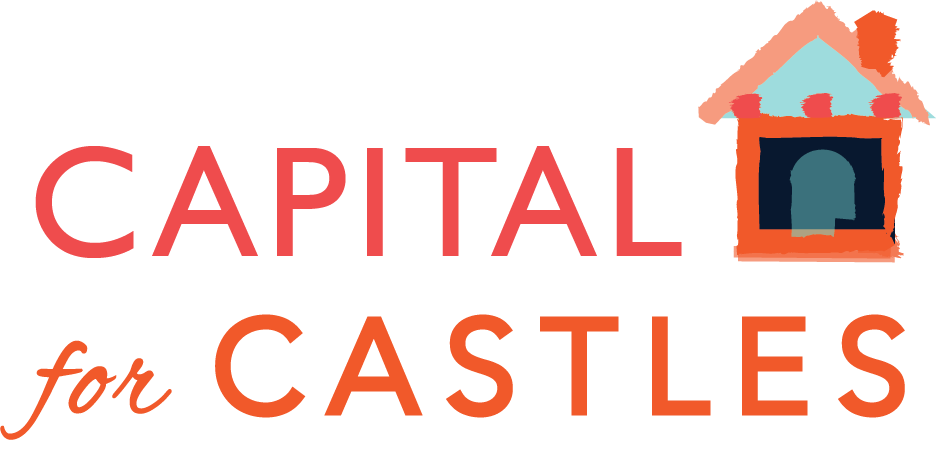How Dropping Interest Rates and the 2025 Home Guarantee Scheme Will Impact Property Prices
How Falling Interest Rates and the New Home Guarantee Scheme Could Impact Property Prices in 2025
Australia’s property market is gearing up for another big shift. Two major forces are coming together in late 2025:
- The Reserve Bank of Australia (RBA) signalling cuts to interest rates after years of tightening.
- The upgraded Home Guarantee Scheme, kicking off on 1 October 2025, with unlimited spots, no income caps, and higher property price caps.
Both changes are set to increase borrowing power, buyer confidence, and market activity. But what does that really mean for property prices—and for first home buyers trying to get into the market?
Let’s break it down.
The Impact of Dropping Interest Rates
When interest rates fall, borrowing becomes cheaper. Every cut to the RBA cash rate reduces mortgage repayments, which directly affects how much a buyer can borrow from a bank.
For example:
- A 0.50% cut could increase a borrower’s capacity by 5–10%.
- On a $700,000 loan, that’s tens of thousands of extra borrowing power.
Historically, lower rates have almost always led to increased property demand, as more buyers compete for the same number of homes. This often pushes property prices up—especially in capital cities like Sydney, Melbourne, and Brisbane where demand is already strong.
The Impact of Dropping Interest Rates
At the same time, the Home Guarantee Scheme is undergoing its biggest overhaul yet.
Key changes include:
- Unlimited places – no more missing out because spots are capped.
- No income caps – higher income earners can now qualify.
- Higher property price caps – aligned with today’s housing market.
- Regional scheme merged – making it simpler and more accessible.
For first home buyers, this means easier access to the market with as little as a 5% deposit—and no Lenders Mortgage Insurance (LMI).
The Double Effect: Cheaper Borrowing + Easier Access
On their own, falling interest rates or a more generous first home buyer scheme would be enough to lift property prices. Together, they create a perfect storm for rising demand:
- More first home buyers – saving for a deposit is less of a barrier.
- More investors returning – cheaper borrowing means stronger returns.
- Increased competition – particularly in the $600k–$1.2m bracket, where many first home buyers and upgraders overlap.
The risk? Demand outpaces supply, leading to faster price growth—especially in suburbs with limited housing stock.
Likely Hotspots
With higher price caps under the scheme, expect demand to intensify in:
- Middle-ring suburbs of Sydney & Melbourne (where previous caps excluded many buyers).
- Brisbane & SE QLD growth corridors, already popular with interstate movers.
- Adelaide & Perth, still relatively affordable but with rising population growth.
- Regional hubs with strong infrastructure, like Geelong, Newcastle, and the Sunshine Coast.
These areas will see more competition, especially from first home buyers who were previously priced out.
What This Means for First Home Buyers
If you’re a first home buyer, here are the key takeaways:
- Act early – Prices may rise once lower rates and the new scheme kick in. Getting pre-approval and starting your search sooner could save you money.
- Budget realistically – Just because you can borrow more doesn’t mean you should. Consider future rate rises or lifestyle changes.
- Look beyond the hotspots – Demand will be intense in trendy suburbs. Sometimes looking one or two suburbs further out can mean better value.
- Get advice – A mortgage broker can help you navigate borrowing capacity, the new scheme rules, and lender differences.
Final Word
With interest rates on the way down and the Home Guarantee Scheme overhaul just around the corner, the property market is heading into a new growth cycle. For first home buyers, this is both an opportunity and a challenge:
- Opportunity, because access to finance and deposit requirements are easing.
- Challenge, because more competition could push prices higher, faster.
The best strategy? Get informed, plan ahead, and move with confidence before the wave of new buyers floods the market.
